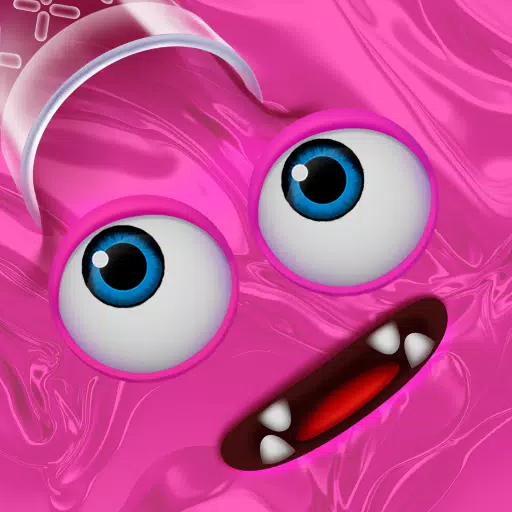While director Ryan Coogler's new film "Sinners" is ostensibly a vampire horror film, it stands out as a unique cinematic experience by vividly bringing to life the Mississippi of the 1930s. The film uses the blues—a genre once denounced by preachers as "the devil's music"—to delve into the lives of its predominantly African-American characters, with Michael B. Jordan playing twin brothers Smoke and Stack.
"In addition to the hemoglobin vampires crave, 'Sinners' has music flowing through its veins, starting with the blues that Sammie [Miles Caton] and respected local musician Delta Slim (Delroy Lindo) are hired to perform at Smoke and Stack’s place," Eric Goldman wrote in his glowing review for IGN.
"Coogler uses this as a focal point for a larger look at how music means so much to people of all walks of life, bonding them across generations, even when they themselves don’t ponder the lineage at work. Remmick (Jack O’Connell), the charming and charismatic leader of the vampires, provides a fascinating parallel to all the amazing blues on the soundtrack: The Irish folk tunes of his ancestors factor into 'Sinners,' too, in continually bigger and bolder ways."
Coogler masterfully employs two forms of traditional music—African-American blues and Irish folk—to illuminate the painful colonial pasts shared by humans and vampires. Both genres are celebrated through standout set pieces that, as Goldman puts it, make "Sinners" "musical adjacent" and "lets us both see and hear how music reverberates through time and immortalizes the people who make it."
In a recent interview, Ryan Coogler discussed "Sinners'" use of blues and Irish music, its standout set pieces, and why the vampire villain, Remmick, was as personal a character for him to write as Killmonger was in "Black Panther." (The following interview has been edited for clarity.)
**IGN: Can you talk about what blues music means to this world and these characters?**Ryan Coogler: Blues music represents an affirmation of full humanity for these characters. It's intertwined with the church, which is why it's known as the devil's music. The church addresses the soul, but the blues speaks to the whole person—soul and flesh. It acknowledges the pain, sexual desire, and anger—the full human condition. Blues is a rebellion against the oppressive situation these people were in, yet it also celebrates their beauty. It's a safe haven where people can be fully themselves, without hiding their true desires or identities. In a cotton field, it's hard to express sensuality, but in the juke joint, they can let that part of themselves shine.
"I've never felt about an antagonist how I felt about Remmick. I just loved writing him."IGN: What’s your read on the vampire community? They bring all these people of different races and backgrounds together but now they’re a collective rather than individual. There’s probably a lot of ways people could interpret what that means.
Ryan Coogler: I love this movie and want to present it as raw as possible to the audience. Once it's released on April 18th, it belongs to the viewers. Whatever they see in it is valid. Writing Remmick was a deeply personal experience for me, much like Killmonger in "Black Panther." I wanted him to be a master vampire, exploring different facets of vampirism—from the horde with an old leader to a more egalitarian group. In "Sinners," I was interested in introducing the leader first and watching the group develop around him. Remmick's character presents as one thing but is something entirely different, challenging perceptions of race and identity in a powerful way. He identifies with and wants to be around these people, which excited me because it's a perspective I hadn't seen before.
25 Best Vampire Movies of All Time
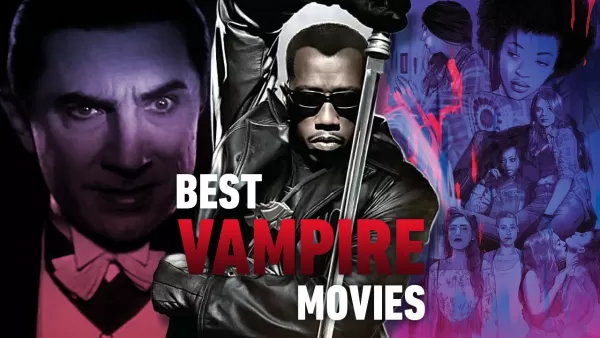
 26 Images
26 Images

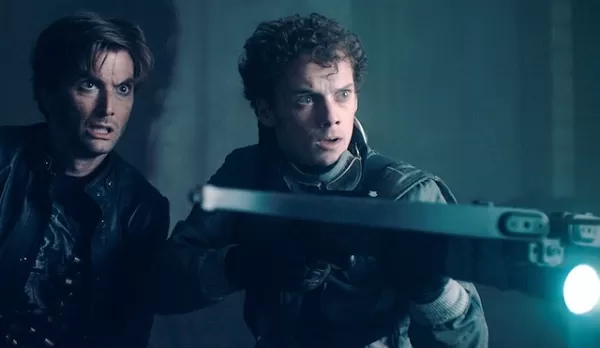
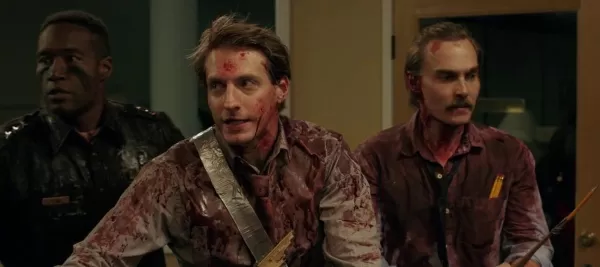 IGN: My two favorite sequences in this movie are the two big showstopping musical set pieces. The juke joint one and then the vampires get theirs too.
IGN: My two favorite sequences in this movie are the two big showstopping musical set pieces. The juke joint one and then the vampires get theirs too.
Ryan Coogler: Those are my favorites too. The movie is about fellowship and love, and these scenes are crucial to understanding that. These people, due to imperial structures, were denied the freedom to express themselves. The juke joint and the Irish step dance were acts of rebellion. For Remmick to find his way to Clarksdale in 1932 and identify with these people—it's about where he wants to spend his Saturday night. These questions fueled my passion for the film. I wanted to give the audience, in 2025, an experience reminiscent of less cynical times, like seeing a dinosaur next to a jeep at a drive-in in the early '90s.
Sinners Gallery
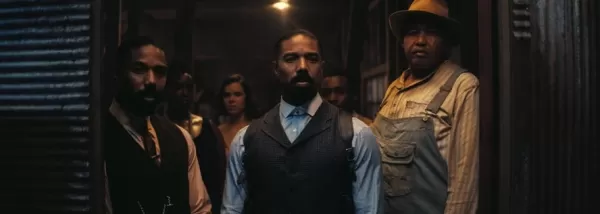
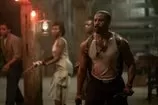 12 Images
12 Images


 IGN: The juke joint sequence is particularly amazing because it's staged as a one-er. You're playing with time, and you're showing the cultural crossovers too. Visually, you're showing us how music is timeless, or at least what it brings out in people is timeless. At what point did you realize you wanted to play with time in that scene?
IGN: The juke joint sequence is particularly amazing because it's staged as a one-er. You're playing with time, and you're showing the cultural crossovers too. Visually, you're showing us how music is timeless, or at least what it brings out in people is timeless. At what point did you realize you wanted to play with time in that scene?
Ryan Coogler: It was during the writing process that I realized vampirism alone wasn't enough; other supernatural elements were needed. I wanted to capture the human experience of witnessing a virtuoso performance in a room full of people who truly understand it. It's a transcendent feeling, one where you feel like you're coming out of your body. People often describe such performances with destructive language—like "tearing the house down" or "blowing me away." My job is to communicate this feeling through cinema. How do I show this and why did juke joint culture develop in the 1930s? These people were denied freedom, yet through music, they could connect with future generations.
"At the funeral, we sad, but we going to dance. You could say that about African culture, you can say that about Irish culture."IGN: There’s that second tour de force musical set-piece later, and it's from the vampires’ perspective using traditional Irish folk music.
Ryan Coogler: I love the hidden contrast in Irish music. "Rocky Road To Dublin" tells a heartbreaking story with an energetic vigor that doesn't seem to match. It's about fighting monsters and ghouls, which fits perfectly with our vampire theme. Irish folk music and dance, like delta blues, are masters of contrast. People from lands of abundance were forced into poverty, yet they found ways to celebrate. At funerals, we're sad, but we dance. This is true for both African and Irish cultures. We won't let them see us cry; we'll have songs with hidden meanings. Remmick, the vampire, doesn't care about appearances; he identifies with the struggles of these people, which is what filmmaking is all about.









